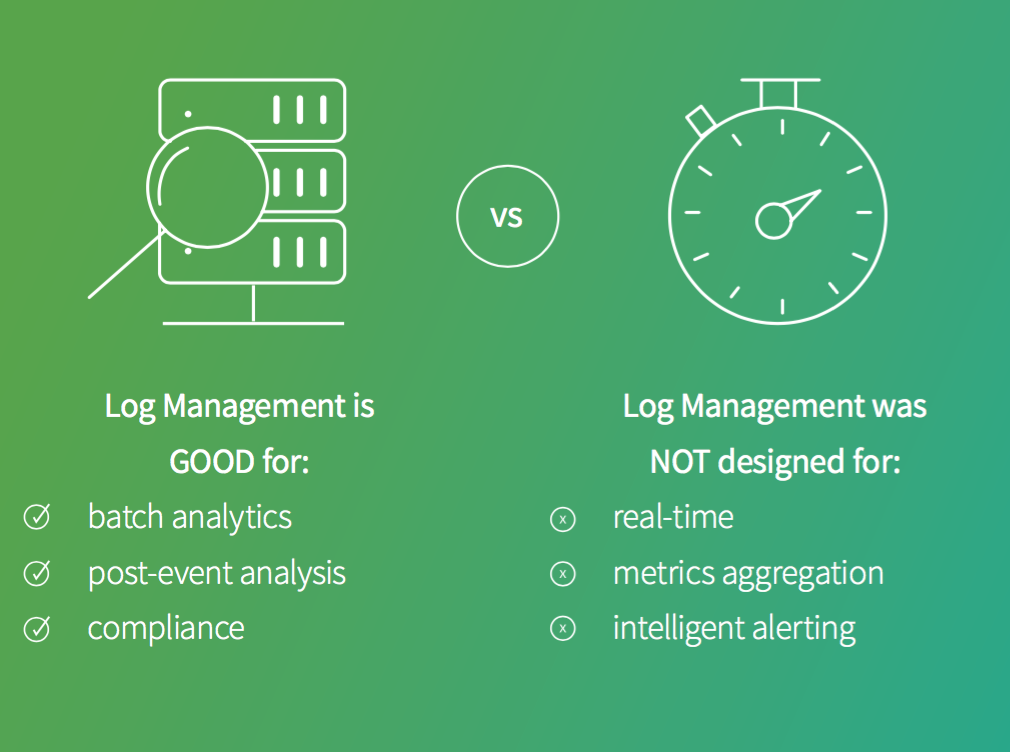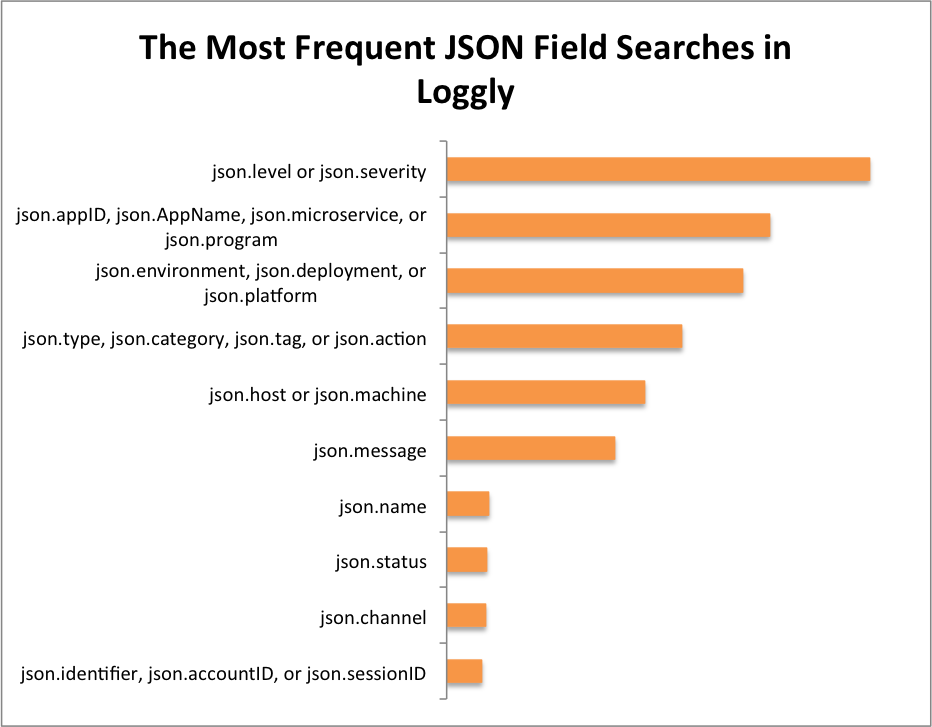8 Handy Tips to Consider When Logging in JSON
January 4, 2017
Logging in JSON transforms your logs from raw text lines to a database of fields you can search, filter, and analyze. This gives you way more power than you would get with only raw logs. Here are some tips and choices to consider when implementing logging in JSON. It’s





